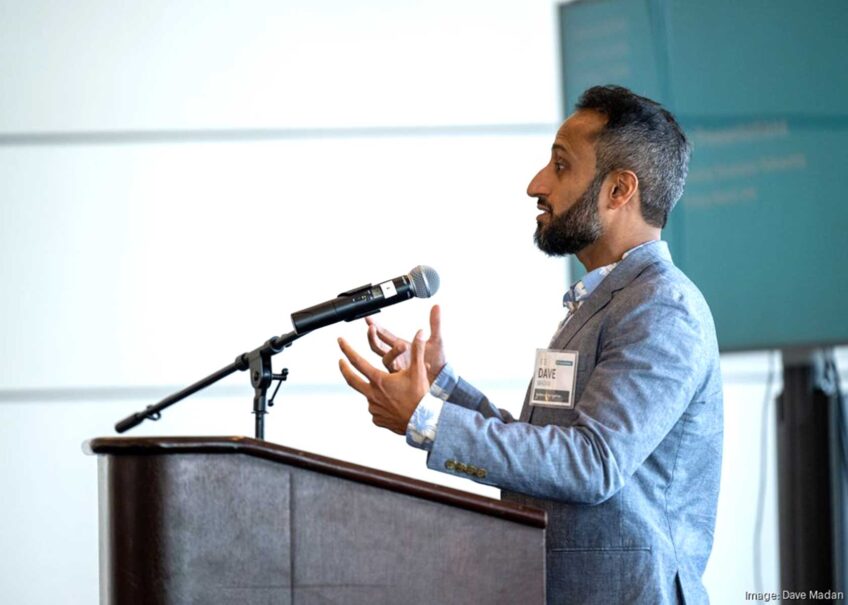New federal data show a student loan crisis for African American borrowers
Two weeks ago, the U.S. Department of Education provided the first-ever look at long-term outcomes for student loan borrowers, including results by race and ethnicity.
The data shows that 12 years after entering college, the typical African American student who started in the 2003-04 school year and took on debt for their undergraduate education owed more on their federal student loans than they originally borrowed. This holds true even for students who finished a bachelor’s degree at a public institution. One reason they might not be paying down their loans? Nearly half of African American borrowers defaulted, including 75 percent of those who dropped out of for-profit colleges.
These results show that the U.S. Department of Education cannot ignore the interaction of race and student loans. Traditionally, the agency has not collected any data on the race of borrowers, except in irregular sample surveys conducted by its quasi-independent statistical arm. Unfortunately, not collecting this information has allowed for the disparate outcomes by race to go unnoticed.
Seeing even African American students who earned a bachelor’s degree struggle also reinforces that we cannot pretend the federal student loan program exists in a vacuum. The median African American household has just $1,700 in accumulated wealth. Racial discrimination in hiring has not improved over the past quarter century. Perhaps it’s too much to expect student loans and postsecondary education to solve these structural problems, but sending African American students into an inequitable adulthood with large debts from college can put them even further behind than they already started.
These are not problems that will be fixed easily. But the first step is conducting a full analysis of the problem. The Department of Education must start collecting data on the race and ethnicity of its borrowers. It should carefully review outcomes such as completion, repayment, and default by race and ethnicity within institutions to identify colleges with sizable gaps in results. Institutions with particularly awful results for racial and ethnic subgroups—such as default rates of more than 75 percent—should be further reviewed to ensure that they are not engaging in intentional discrimination. This could include recruiting people who they know will struggle to repay just so the institution can pocket students’ federal financial aid dollars or disproportionately directing financial aid to white students.
5 findings
This column presents five key findings on the new student loan outcomes data by race and ethnicity. 1. African American students are more likely to borrow than their peers: Regardless of the type of institution first attended, African American students were more likely to borrow than their peers (see Table 1) — differences that speak to the disparities in levels of financial means that African American students have upon entry. African American borrowing rates are higher than those of other students even at public institutions, which typically carry lower price tags than private options. Even at community colleges, more than 60 percent of African American students borrowed, compared with less than half of white or Latino students.
- The typical African American borrower made no progress paying down their loans: Borrowing for college is not inherently bad if it unlocks opportunities that are not otherwise available — and if the borrower can retire their debt in a timely manner.
Unfortunately, 12 years after entering college, the median African American borrower owed more than they originally borrowed. By contrast, the typical Latino and white student had made progress retiring their debt. Although this problem is not new, the situation has gotten worse, with the African American students who began college in 2003-04 owing 113 percent of what they originally borrowed. By comparison, African American borrowers who started college in 1995-96 owed 101 percent a dozen years later.
- Bachelor’s degree completion does not insulate African American borrowers from bad outcomes: The common narrative in student loan policy today is that dropping out is by far the biggest threat to repayment. Unfortunately, even African American students who completed a bachelor’s degree still struggle to repay their loans. Twelve years after entering school, the typical African American borrower who completed a bachelor’s degree owed 114 percent of what they originally borrowed. The corresponding figure for white students is 47 percent, and the figure for Latino students is 79 percent. The results for African American students also cannot be solely attributed to income. Overall, the median bachelor’s degree graduate who received a Pell Grant and also borrowed owed 80 percent of their original balance 12 years after entering.
The story holds true for every level of attainment, or lack thereof. Regardless of whether they graduated or dropped out, the median African American student owed more than they originally borrowed.
- Nearly half of African American borrowers defaulted on a student loan: One of the reasons African American borrowers may carry debt burdens higher than their original loans is that they are highly likely to default on their loans. Forty-nine percent of African American students who borrowed for their undergraduate education defaulted on a federal student loan.
The default rate for African American students is high even for those who succeeded. For instance, nearly one-quarter of African American borrowers who completed a bachelor’s degree defaulted on the loan, compared with 9 percent of all borrowers who earned this credential. Even African American bachelor’s degree graduates who started at a public four-year institution had a default rate of nearly 25 percent. Similar to the amount owed, the results for African American borrowers are worse than those for Pell Grant recipients overall. The results also show the need to rethink loan policies for certificate programs. A majority of African American or Latino students who borrowed and completed one of these credentials defaulted within 12 years of entering college.
- Seventy-five percent of African American dropouts from for-profit colleges defaulted: Nowhere is the default problem worse than for individuals who attended a private for-profit college but didn’t finish. Twelve years after first entering college, three-quarters of African American students who borrowed and dropped out of a private for-profit college had defaulted on a federal student loan.
Admittedly, the default rates for dropouts are still bad in other sectors. Nearly two-thirds of African American borrowers who dropped out of public or private nonprofit four-year colleges defaulted on their loans within 12 years of entering college.
More recent numbers
might be even worse
As bad as the statistics might be, the results for more recent students could be worse. The data here cover students who started college in 2003-04. However, the peak of the private for-profit college market did not occur until several years later. In fact, private for-profit college enrollment more than doubled from 2004-05 to 2010-11. Default rates for students at for-profits also rose.
Inequitable equalizer
It’s popular to talk about higher education as the great equalizer. It is true that all things being equal, people are better off obtaining a college degree than not. But these new federal data show that college completion is a necessary but insufficient solution to inequality challenges. To be sure, not all structural racial problems can be solved by higher education alone, but some can. Policymakers can strive to create a world where African American students are not more likely to start their careers with large loan debts to repay, delaying their ability to accumulate wealth compared with their white peers who either did not borrow or who carry lower loan balances. Admissions practices and funding systems could be fixed so that African American students do not end up disproportionately underrepresented at institutions with the greatest resources to educate them.
These results also underscore the need for greater accountability around federal financial aid. The precarious position faced by even bachelor’s degree graduates shows that policymakers need to push institutions to do all they can to ensure African American students receive affordable, high-quality credentials.
While these changes will not end structural problems around wealth, employment, and race, they would be a down payment on creating a federal student loan system that provides better than a 50-50 shot for its African American borrowers.
Ben Miller is the senior director for Postsecondary Education at the Center for American Progress.






